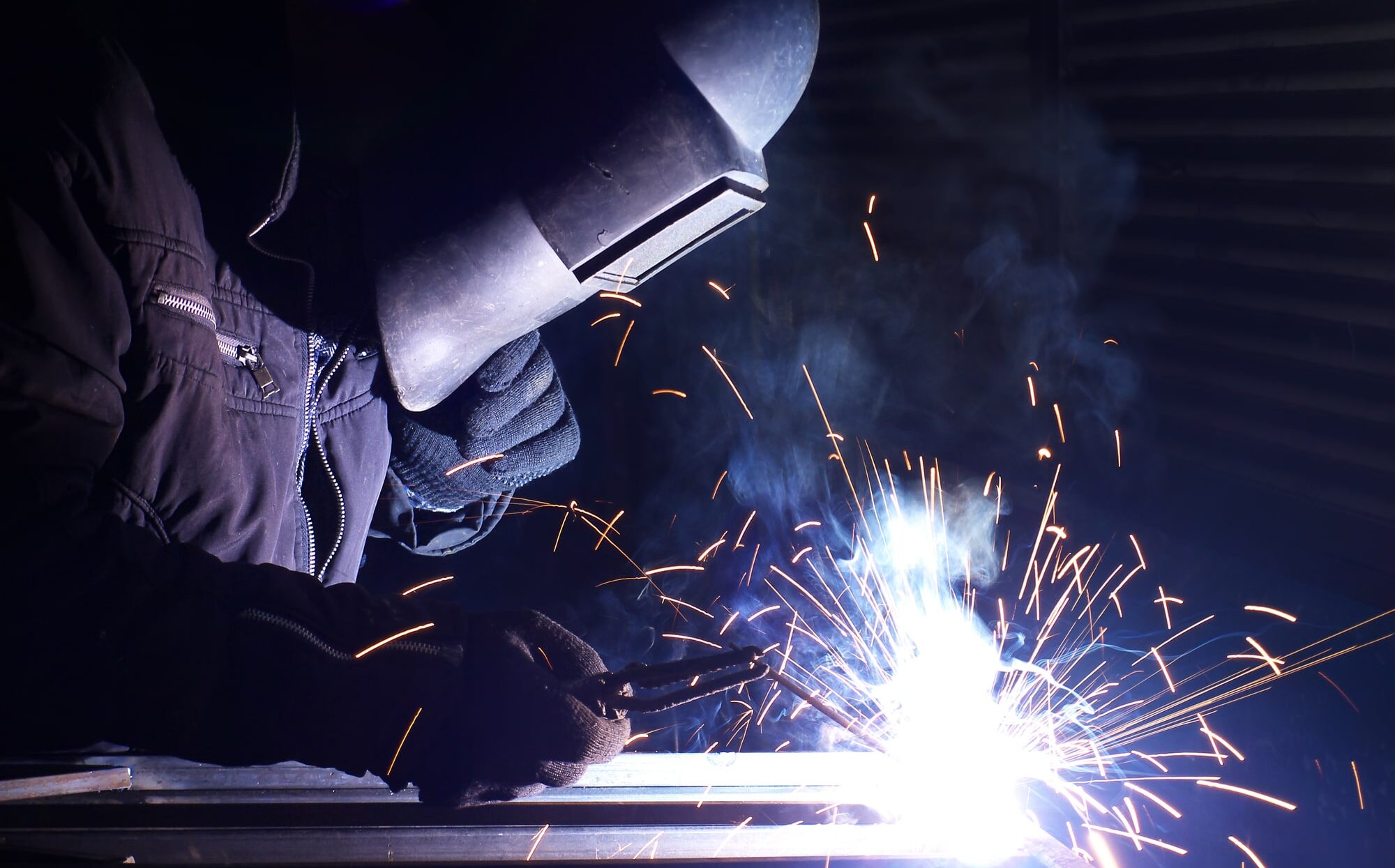Advanced Welding WPS: Customizing Requirements for Complicated Projects
The Ultimate Guide to Welding WPS Procedures: An Extensive Overview for Welders
In the complex globe of welding, Welding Procedure Requirements (WPS) serve as the backbone of making sure high quality, consistency, and safety in welding operations (welding WPS). As we delve into the various elements of a WPS and check out the ins and outs of credentials and qualification, we will reveal the vital role these procedures play in the world of welding.
Relevance of WPS Procedures
Understanding the importance of Welding Treatment Specs (WPS) procedures is vital for making sure the high quality and honesty of bonded structures. WPS treatments act as a roadmap for welders, laying out the needed actions, parameters, and products required to attain an audio weld. By adhering to WPS guidelines, welders can make sure uniformity in their work, resulting in structurally sound and trusted welds.
One of the primary reasons why WPS procedures are necessary is their duty in keeping weld top quality and integrity. Following the specified welding specifications and strategies outlined in the WPS assists protect against defects such as porosity, fracturing, or incomplete fusion, which can compromise the toughness and longevity of the weld.

Elements of a WPS
A Welding Procedure Requirements (WPS) normally comprises necessary parts that detail the specific requirements for implementing a weld, ensuring uniformity and quality in the welding process. The vital components of a WPS consist of vital variables such as base metals, filler steels, interpass and preheat temperature levels, welding processes, shielding gases, welding settings, and post-weld heat treatment needs.
Base metals describe the materials being joined, while filler steels are used to load the gap in between the base metals throughout welding. Preheat and interpass temperatures are important for controlling the warm input and preventing problems like fracturing or distortion. The welding procedure lays out the specific method to be made use of, whether it's gas steel arc welding (GMAW), shielded metal arc welding (SMAW), or an additional technique. Securing gases secure the weld pool from climatic contamination. Welding placements specify the positionings in which welding can be executed. Post-weld warmth therapy might be needed to relieve anxieties and boost the weld's homes. A thorough understanding of these elements is critical for creating a detailed and reliable WPS.

Qualification and Accreditation
Having established the essential parts of a Welding Treatment Spec (WPS), the focus now shifts in the direction of the important elements of qualification and certification in welding practices.

Qualification, on the other hand, is the formal recognition of a welder's qualifications by a pertinent accreditation body or organization. Welding qualifications are usually based upon the details welding processes, products, and positions a welder is certified to deal with. Holding a legitimate welding qualification demonstrates that Homepage a welder satisfies market standards and is proficient to do welding jobs to the needed specs.
Producing a WPS
To establish a Welding Treatment Specification visit (WPS) that fulfills industry requirements, mindful factor to consider of welding processes, products, and functional parameters is important. The very first step in creating a WPS is to identify the welding procedure to be used, such as gas steel arc welding (GMAW) or protected steel arc welding (SMAW)

Applying and Keeping Track Of WPS
Upon wrapping up the thorough Welding Treatment Requirements (WPS) that thoroughly information welding procedures, materials, functional parameters, and quality control steps, the focus shifts to properly executing and checking the recognized treatments. Application includes making sure that all welders involved in the job know with the WPS and follow it carefully throughout the welding process. This requires supplying appropriate training and guidance to ensure adherence to the specified procedures. Keeping an eye on the WPS entails continual oversight to validate that welding activities line up with the recorded requirements. Inspections, testing, and quality assurance procedures are essential parts of the monitoring procedure to identify any deviations or issues without delay. Routine audits and reviews of the welding treatments assist in preserving consistency and quality throughout the task. Efficient implementation and surveillance of the WPS are critical for making sure the integrity, toughness, and security of the bonded joints, eventually adding to the total success of the welding task.
Verdict
To conclude, understanding and following Welding Procedure Requirements (WPS) is crucial for welders to make sure top quality, consistency, and security in their work. By knowing the parts of a WPS, getting proper qualifications and accreditations, developing thorough treatments, and executing and monitoring them successfully, welders can boost their skills and efficiency in welding techniques. Sticking to WPS treatments is important for creating premium welds and conference sector criteria.
In the detailed globe of welding, Welding Procedure Specifications (WPS) serve as the backbone of ensuring top quality, uniformity, and safety and security in you can try these out welding procedures. The welding procedure describes the specific technique to be made use of, whether it's gas steel arc welding (GMAW), shielded metal arc welding (SMAW), or one more approach.To create a Welding Treatment Spec (WPS) that meets market requirements, mindful consideration of welding processes, materials, and operational specifications is important. The very first step in producing a WPS is to determine the welding procedure to be made use of, such as gas steel arc welding (GMAW) or shielded metal arc welding (SMAW)Upon completing the detailed Welding Procedure Requirements (WPS) that diligently information welding procedures, products, operational parameters, and top quality guarantee actions, the emphasis moves to effectively implementing and checking the established treatments.